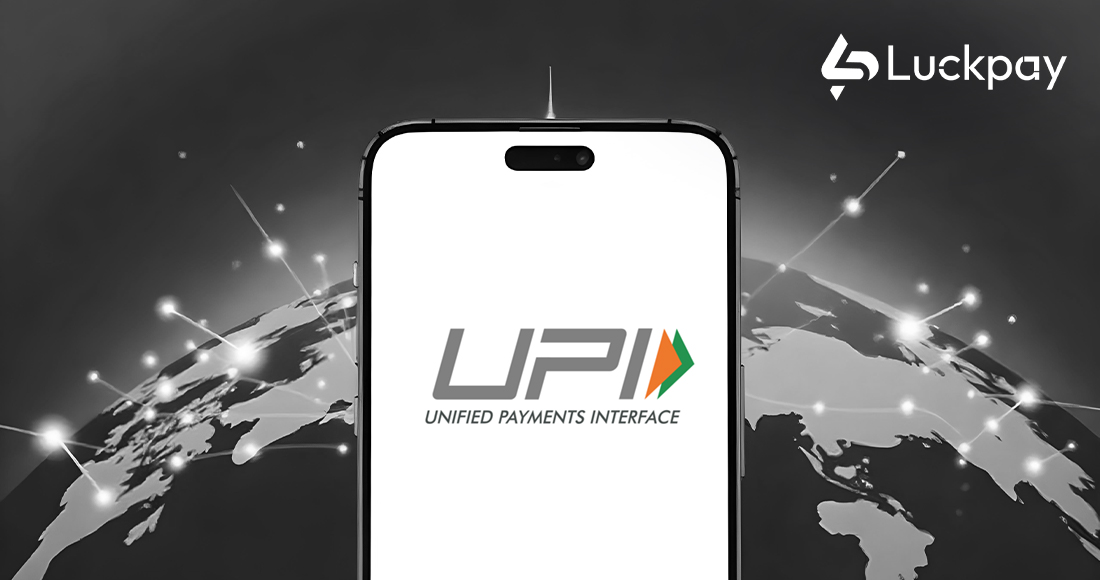UPI’s Multi-Platform Compatibility: Transforming Digital Transactions in India

In an era where digital payments dominate global economies, India has emerged as a leader with its groundbreaking Unified Payments Interface (UPI). UPI has not only revolutionized how payments are made but also how they are perceived. Its multi-platform compatibility, a cornerstone of its design, has been pivotal in reshaping user experiences and driving widespread adoption.
This blog dives deep into UPI’s multi-platform compatibility, exploring how it works, why it matters, and the unparalleled convenience it offers to users and businesses alike.
Understanding UPI’s Multi-Platform Compatibility
UPI’s design allows users to perform financial transactions seamlessly across various platforms. Unlike traditional systems that often lock users into specific apps or bank ecosystems, UPI ensures that payments can be initiated and received on a wide range of devices and interfaces.
Platforms Supported by UPI
1. Mobile Payment Applications:
Popular apps like Google Pay, PhonePe, Paytm, and BharatPe have integrated UPI to provide a user-friendly experience. With intuitive interfaces and real-time payment capabilities, these apps make financial transactions simple and efficient.
2. Banking Apps:
Almost every major Indian bank offers UPI integration in its mobile apps, giving customers direct access to their bank accounts for UPI transactions.
3. E-commerce Platforms:
Leading online marketplaces like Amazon, Flipkart, and Myntra have adopted UPI, simplifying the checkout process and boosting customer satisfaction.
4. In-store QR Codes:
UPI’s compatibility with QR codes bridges the gap between physical and digital transactions, allowing customers to pay instantly at retail outlets.
5. Wearables and IoT Devices:
With the rise of smartwatches and other IoT devices, UPI has expanded its reach, enabling transactions through wearable technology.
6. Voice and Virtual Assistants:
Platforms like Google Assistant now support UPI transactions, adding another layer of accessibility for users who prefer voice commands.
How Multi-Platform Compatibility Enhances Convenience
1. Freedom of Choice
UPI’s platform-agnostic nature allows users to choose their preferred app or device for transactions. This eliminates the need to stick to a specific bank or app, empowering users with flexibility.
2. Seamless Integration
By linking multiple bank accounts to a single UPI ID, users can manage their finances efficiently across platforms. Whether transferring funds, paying bills, or shopping online, UPI provides a unified experience.
3. Accessibility Anytime, Anywhere
From metropolitan cities to rural towns, UPI has made digital payments accessible to everyone. With its integration across smartphones, desktops, and wearables, users can transact from virtually any device.
4. Faster Transactions
The interoperability of UPI means that transactions are processed in real time, regardless of the app or platform being used. This speed is particularly beneficial for businesses handling high transaction volumes.
5. Simplified User Experience
With intuitive interfaces and reduced dependency on cash, UPI ensures that even first-time users can navigate the system with ease.
The Business Advantage of UPI’s Compatibility
For businesses, UPI’s multi-platform compatibility is more than just a feature—it’s a strategic advantage.
1. Enhanced Customer Satisfaction
Customers prefer payment methods that align with their convenience. UPI’s compatibility with multiple platforms ensures businesses can cater to diverse user preferences, resulting in higher satisfaction and loyalty.
2. Increased Payment Success Rates
By providing multiple payment options under UPI, businesses can reduce transaction failures and abandoned carts, particularly in e-commerce.
3. Simplified Operations
With UPI, businesses can consolidate their payment processing across various platforms, reducing the complexity of managing multiple gateways.
4. Better Market Penetration
For small businesses and startups, UPI provides an affordable and efficient way to accept payments, helping them expand their reach in a competitive market.
Addressing Security Concerns in a Multi-Platform Environment
While UPI’s compatibility offers unparalleled convenience, it also raises questions about security. The National Payments Corporation of India (NPCI), which oversees UPI, has implemented robust measures to address these concerns:
1. Two-Factor Authentication:
Every UPI transaction requires two-factor authentication, ensuring a high level of security.
2. End-to-End Encryption:
UPI transactions are encrypted, protecting user data during transmission.
3. Device Binding:
UPI IDs are linked to a specific device, adding an additional layer of protection against unauthorized access.
4. Real-Time Fraud Monitoring:
Advanced monitoring systems detect and flag suspicious transactions in real time.
The Role of UPI in Financial Inclusion
UPI’s multi-platform compatibility has been instrumental in bridging India’s urban-rural divide. Its ease of use and widespread accessibility have made digital payments a reality for millions who were previously excluded from the financial system.
• Rural Adoption:
QR codes and banking apps have made it easier for small retailers and farmers to accept payments digitally.
• Government Initiatives:
Programs like “Digital India” have leveraged UPI to promote cashless transactions in remote areas.
Future Trends in UPI’s Multi-Platform Compatibility
As UPI continues to evolve, its multi-platform compatibility is expected to expand further:
1. Global Expansion:
NPCI has been working on extending UPI’s reach to international markets, enabling cross-border transactions.
2. Integration with Emerging Technologies:
UPI is likely to integrate with AI-driven platforms, blockchain for added security, and more IoT devices.
3. Enhanced Customization:
Personalized UPI experiences, such as voice recognition and biometric authentication, are on the horizon.
4. Collaboration with Global Platforms:
Partnerships with global giants like Apple and Samsung could make UPI universally compatible with diverse ecosystems.
UPI’s multi-platform compatibility is not just a technological milestone—it’s a transformative force shaping India’s digital economy. By offering unparalleled convenience, fostering financial inclusion, and driving business growth, UPI has set a global benchmark for digital payment systems.
As it continues to integrate with emerging technologies and expand its reach, UPI is poised to lead the world into a future where digital transactions are as effortless as a tap on your device. For businesses and individuals alike, embracing UPI’s versatility is not just a choice but a necessity in the modern financial landscape.
The future of payments is here, and it’s powered by UPI.



